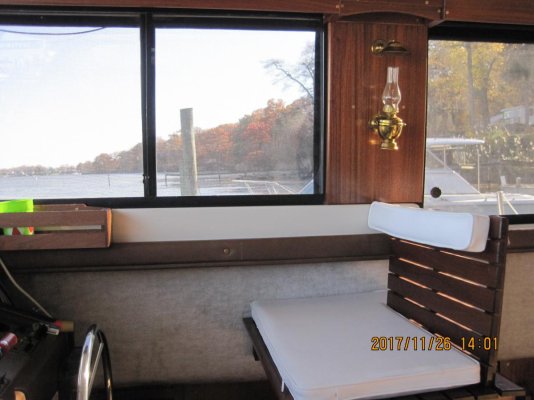Because of the dirt and danger. I used kerosene lights for years. Still have my old anchor light (at home). First, the dirt (actually, soot). Even when burning clean they put out soot. I can tell that my PO used kerosene lamps at one point. Just run a cloth over someplace that wasn't routinely cleaned. If it's a little darker and oilier than cigarette smoke, it's from kerosene lights. Even when burning clean they are putting out stuff. If you don't mind your lungs looking like the cleaning rag, then kerosene looks cool (like smoking looks cool).
But my bigger reason for leaving kerosene lighting in the past was from an experience I had as a live aboard. No electricity onboard other than the engine starter, so it was kerosene every night. I kept the wicks trimmed and the globes clean. Fuel refills only on the dock.
One morning I woke up with a terrible headache and sore throat. I had fallen asleep on the setee in the main cabin. I crawled out onto the dock where I coughed up blood from my raw throat. Turns out a kerosene lantern was low on fuel, the flame had gone during the night out, but it apparently smoldered all night. The soot wasn't too bad, but I was too sick to go in to work.
I now use that as an excuse sometimes by telling my wife I have permanent brain damage from the incident. I would have definite evidence of brain damage if I continued to use kerosene on board when LED lights are available.


